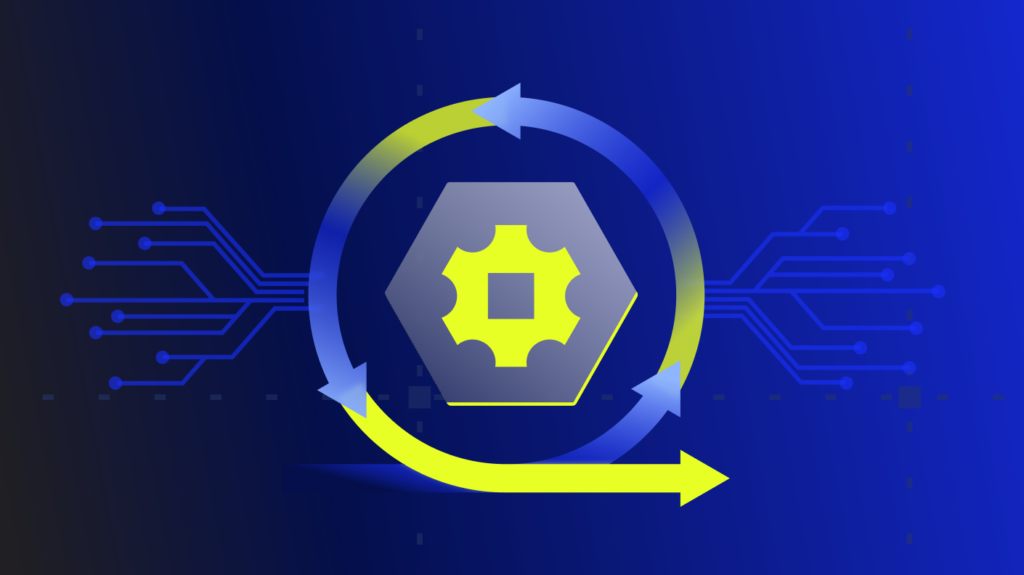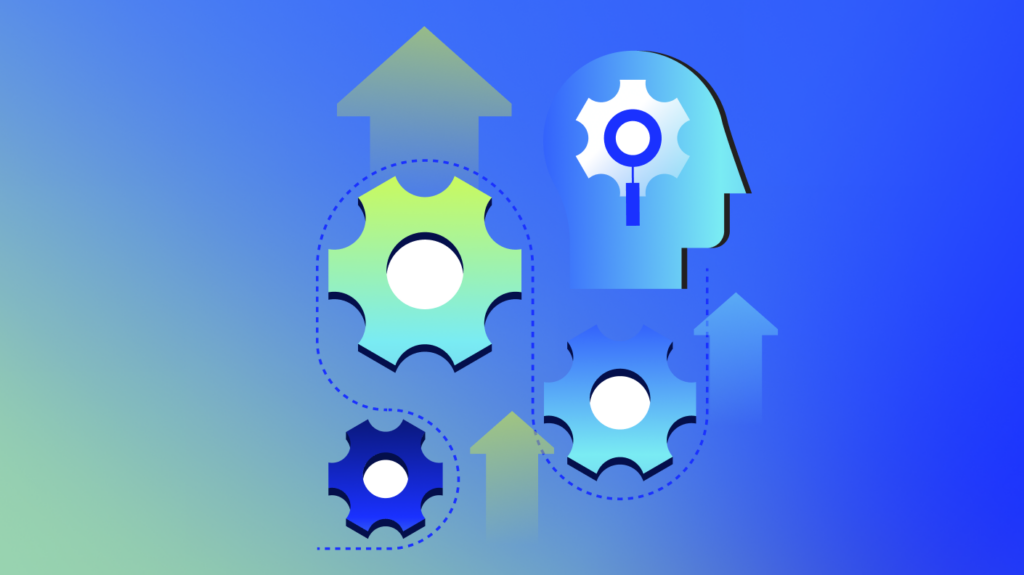The rapid pivot towards a remote workforce is forcing organizations to adopt a cloud-first approach faster than ever.
We recently surveyed 500 IT decision-makers around the globe to ascertain their views on IT automation, cloud migration, and business continuity in the face of unexpected crises. The survey found that 87% of IT professionals agree that the current COVID-19 pandemic will cause organizations to accelerate their migration to the cloud.
However, navigating cloud migration can be challenging. But here’s the good news: a comprehensive monitoring solution can help you plan, move, run, and optimize.
Jump to:
- Plan Your Cloud Migration Strategy
- Monitor Your Move Closely
- Ensure Hybrid Monitoring
- Optimize for Future Migrations
Follow these four steps and you’ll have a smooth transition that will empower your organization to drive innovation, exceed customer experience expectations, and scale rapidly.
Plan Your Cloud Migration Strategy
Planning is the most critical phase of any cloud migration strategy. The more time you spend upfront, the more successful the other stages of your migration will be.
The first step is to identify which workloads are the best candidates for the Cloud. Start by auditing your current monitoring portfolio and creating a few dashboards for visibility into the information that could affect this decision making.
Business Performance Dashboards
How are your current IT services driving business performance? This information is going to help you decide and rank which components of your architecture you will want to migrate first. If an application is at the core of your business, you might want to wait to move it to the Cloud until you’ve learned some lessons through multiple iterations of migration.
Dependencies Dashboards
How are the components of your IT infrastructure connected? It’s important to understand how your IT services and workflows are architected together in order to decide which applications will be difficult to move to the Cloud and which applications will be relatively easy to move.
For example, if you have an application that requires a lot of computational states to be kept on many different systems, this application won’t be a good candidate for the Cloud. The less state that an application needs, the better suited it is for cloud migration.
Capacity Dashboards
What is the current capacity of your IT infrastructure? Capacity dashboards will give you visibility into ensuring that all of the resources you are using are sized appropriately. The lack of a real-time, accurate view of application capacity could lead to overprovisioning in the Cloud.
Monitor Your Move Closely
While in the process of moving workloads and re-platforming applications in the Cloud, utilize ‘before’ and ‘after’ dashboards that can provide you with early warning of issues or any signs of performance degradation. Here are a few ways you can use your monitoring tool to alert you of issues while re-platforming:
- Create dashboards for visibility into configuration changes to infrastructure and applications
- Set up dynamic alert thresholds to help identify performance or availability anomalies quickly
- Use synthetic transaction testing to proactively simulate user experience
Ensure Hybrid Monitoring
Once your workloads are running in the Cloud, ensure that your monitoring system can monitor all of the places your infrastructure and applications run – both on-prem and in the Cloud. It’s crucial to not create new monitoring silos in your now-hybrid infrastructure.
You may think you have completed a successful migration, but if you have a separate monitoring tool for your cloud infrastructure, it won’t show a comparison of how the premigration system was performing against the new system.
Optimize for Future Migrations
Migration is not a one-time-only activity. Take the lessons you learned from one workload or application and continue to optimize with each iteration.
Create real-time dashboards of your applications running in the Cloud that will serve as the ultimate indicators of whether your cloud strategy is delivering. Some examples are:
- Business Performance Dashboards
- Capacity Forecasting Dashboards
- Cloud Spend Dashboards
- Cloud and Instance Utilization Dashboards
In order to plan an effective cloud strategy, you need unified visibility into your infrastructure. Adopting a monitoring tool that can provide this visibility before, during, and after the move will set your migration up for success. Check out our upcoming webinar for more information on how to build an effective cloud migration strategy.
Subscribe to our blog
Get articles like this delivered straight to your inbox







